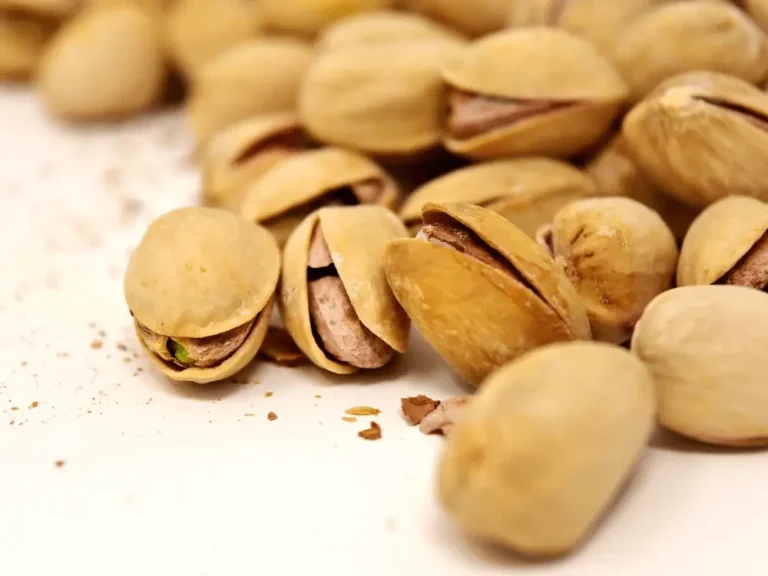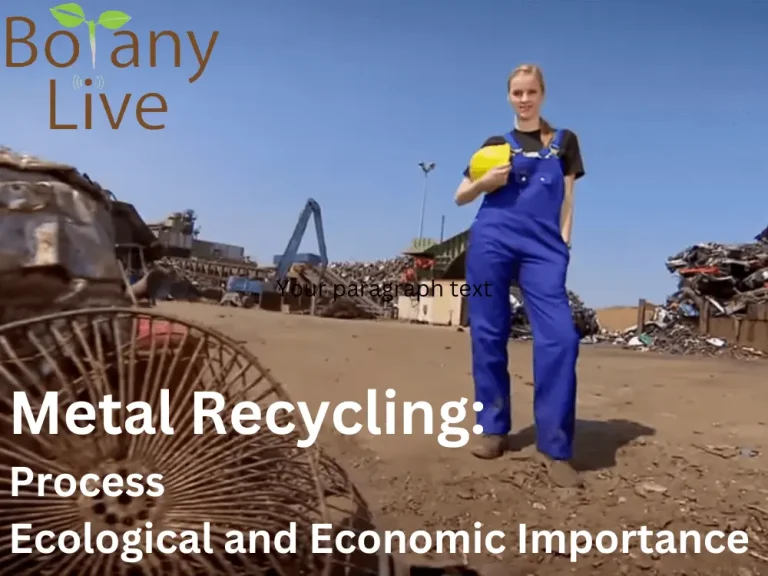How forest fire limits CO2 levels in the atmosphere?
Forest fire is a blessing or curse, is a long debate. However, a group of naturalists has confirmed that at times, forest fire limits carbon dioxide (CO2) levels in the atmosphere. Controlled forest fire/wildfire has a significant effect on vegetation coming forth. before going into this debate, we should discuss what actually forest fire is.
What is Forest Fire?
Sometimes human activities (anthropogenic) or natural lightening may set forests on fire. This uncontrolled burning may destroy the whole natural biota. Only in the state of California, 9000 such incidents caused 2.23 million acres of forest to burn in 2021. Similarly, in mid-2020, fires in California also resulted in the production of 90 million metric tons of CO2. This forest loss was 31% of the country that year. Environmentalists, ecologists, and conservationists have great concerns about the protection of woodlands from fire as forests are very much important for the earth.
The importance of forests cannot be undermined. Forest fire is the greatest hazard. These forests fire are the source of air pollution. However, new research has proven that putting forests on fire (in a controlled manner) helps to reduce the alarming CO2 level.
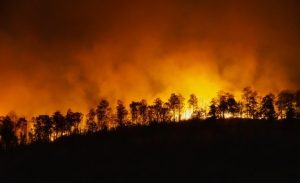
Source: Freepik
How fire in a forest is related to carbon dioxide emission?
As discussed earlier, forests are the sinks of carbon dioxide capturing carbon from the air during the process of photosynthesis. Some part of this carbon ends up on the soil as fallen leaf litter. Carbon contents in the soil (lithosphere) are higher than in any other. The burning of this source releases this stored carbon into the atmosphere. However, re-growing the area again captures that amount of carbon. This is known as the “fire recovery cycle”.
This recovery is boosted by reforestation or afforestation. However, when woodlands are replaced by agricultural land, this recovery would be slow or even incomplete. This would eventually raise the carbon contents of the atmosphere and would result in climate change.
Professor Stefan and Dr. Cristina studied wildfire and their impact on the carbon contents of soil and above-ground biomass. They conducted a wide range of experiments around the globe and sampled soil and biomass of above-ground vegetation before and after the fire to calculate carbon contents. They concluded that controlled burning of vegetation converts it into charcoal, a compound that is carbon-rich and resistant to degradation over a long period. Thus, Fire is an ecological factor controlling the processes of forest ecosystem.
What is the effect of controlled forest fires on CO2 levels?
Recently, a group of American and British scientists has put forward their findings in the journal Nature Geoscience. They have reported that uncontrolled wildfire destroys whole flora and fauna of the region however controlled fire in the forest produces some shocking benefits. Charcoal produced by controlled burning may help with buffering carbon emissions.
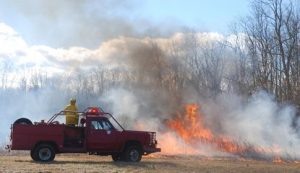
Source: FreeImages.com
What is charcoal?
Before knowing about charcoal, one must know what is the difference between coal and charcoal? Coal is a naturally occurring reserve (rock), extracted from the deep earth cores while charcoal is a man-made product. Charcoal is formed by the controlled combustion of wood, peat, bones, and cellulose at high temperatures in the absence of air (oxygen).
Coke, soot, and black carbon are different forms of charcoal. Partial combustion of wood removes water and impurities leaving behind pure carbon. In past, charcoal was obtained by controlled burning in a pit covered by mud. The chemistry of charcoal shows that it is an aromatic compound having a carbon ring of alternate double and single bonds. This aromatic structure consists of carbon-free radicles and oxygen.
What are the uses of Charcoal?
- Active or activated charcoal is porous and has a much higher surface area ratio. It has a surface area of up to 2000 m-2 per gram. They adsorb odorous or colored substances.
- They also trap toxins and harmful chemicals.
- Negatively charged charcoal radially absorbs positively charged chemicals.
- They help in purifying drinking water.
- They also help in the purification of sugar by recovering solvents and other volatile compounds.
- Its absorptive properties make it useful for treatment in case of poisoning and overdose.
- Charcoal obtained from coconut shells has antibacterial properties. It has wide uses for the treatment of skin infections.
- BBQ charcoal is used for barbecue as it does not produce ash, smoke, or odour.
- In restaurants, it is also used for adding flavours to the food along with cooking and heating.
- They act as a catalyst in the production of sulfuryl chloride, phosgene, and other chemicals.

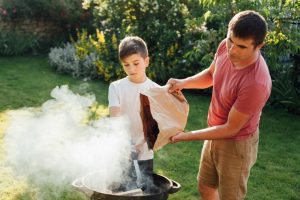
Source: Freepik.com
How controlled forest fires reduce CO2 levels?
Controlled fire of forest vegetation for a short period has eco-friendly results. It results in;
- Less rise in temperature
- Formation of charcoal
- Chunks of charcoal formed as a result of the controlled fire are rich in carbon
- This charcoal is good for the growth and production of bacteria and fungus
- Grass regrows with much humus in the root zone containing a high amount of carbon.
- These stored carbon contents ultimately reduce the amount expelled into the atmosphere as CO2 (carbon dioxide) raises the CO2 level.
Conclusion
Forests are one of the major natural resources but are in danger at the hands of uncontrolled fire. They are termed as sinks of carbon, however, uncontrolled burning has turned them into the worst source of it. Forest fire by human or natural means can destroy them completely. All stored Carbon in soil and vegetation becomes part of the atmosphere and ultimately an increase in greenhouse gases (GHG) is obvious. This is one of the major part of different types of pollution. Controlled fire for a short interval and at times trigger the growth of grasses and capture carbon contents in the form of humus and carbon-rich reserves “charcoal”. Thus humus and charcoal production by controlled fire limits the CO2 level in the atmosphere.
I’m Dr Qaiser Maqsood (PhD), a dedicated researcher and expert in Biological Sciences, Gardening, Bio-Diversity, Ecology, and Environmental Sciences. I’m much concerned about Environmental Pollution, Climate Change, Plantation, Gardening, and Global Warming. My passion is to explore innovative solutions in all these fields.
Be aware that we have ONLY ONE EARTH. Protect it!!




